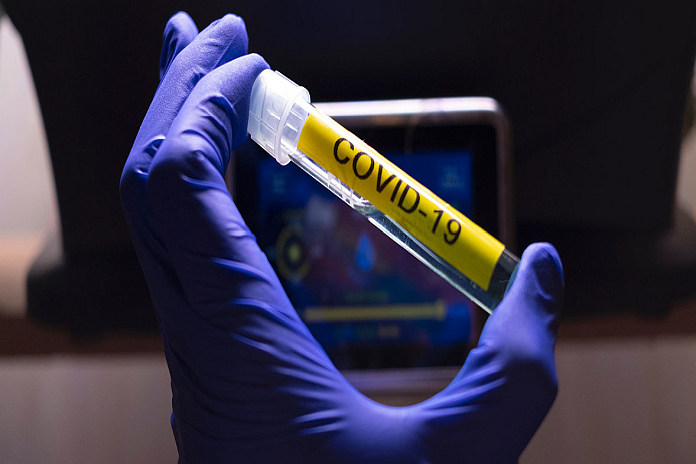GENEVA, Switzerland — The director-general of the World Health Organization (WHO), outlined his agency’s latest advice to countries on Monday in a statement, stressing that a mix of social distancing, testing, contact tracing, and isolation, will be crucial to further curb the spread of the new coronavirus already devastating much of the globe.
“We’re all learning all the time and adjusting our strategy, based on the latest available evidence”, said Dr Tedros Adhanom Ghebreyesus, summarizing the guidance which will be available in full on the agency’s website on Tuesday.
He noted that a broad spectrum of COVID-19 responses are currently in place across the globe, based on national circumstances and capacity. While some countries have already endured several weeks of social and economic restrictions – and are now considering easing them – others are just beginning to consider whether and when to introduce such controls.
“We can only say what we know, and we can only act on what we know”, said Tedros, emphasizing that emerging evidence is beginning to crystalize a better understanding of COVID-19, how it behaves, how to treat it and how to halt its further spread.
COVID-19 is estimated to be ten times deadlier than the 2009 flu pandemic. It spreads most easily in crowded environments, such as nursing homes, and in some countries the number of cases is doubling every three to four days.
Against that backdrop, WHO stresses that early case-finding, testing, isolation, and care – as well as tracking every contact of infected individuals – is essential to stop transmission. Physical distancing restrictions are one part of the equation, but many other public health measures are also needed. And because COVID-19 accelerates quickly but decelerates much more slowly, control measures will need to be lifted very slowly not all at once.
“In other words, the way down is much slower than the way up”, said the UN health agency chief.
In its updated guidance, WHO is expected to summarize those findings and chart the way forward with a new, six-point set of criteria for countries to consider as they weigh whether to lift restrictions already imposed against COVID-19.
Readers can find information and guidance on the outbreak of the novel coronavirus (2019-nCoV) from the UN, World Health Organization and UN agencies here.
First, countries should confirm that transmission of the virus has been controlled. Second, they must ensure that health systems are capable of detecting, testing, isolating and treating every case of COVID-19, as well as tracing every contact. Third, they must make sure that outbreak risks are minimized, especially in such settings as health facilities and nursing homes. Fourth, countries must put in place preventive measures in workplaces, schools and other essential places. Fifth, they must manage importation risks, and sixth, they should fully educate, engage and empower communities to adjust to the “new norm” of everyday life.
“Countries must strike a balance between measures that address the mortality caused by COVID-19, and by other diseases due to overwhelmed health systems, as well as the social-economic impacts,” said Dr Ghebreyesus.
From their headquarters across the globe, funds, agencies and treaty bodies of the UN system – especially those related to health, law, and development – are contributing their expertise to the Organization’s robust policy guidance.
In a recent statement, the director-general of the UN-related International Development Law Organization (IDLO), Jan Beagle, emphasized that justice and the rule of law should serve as enablers of countries’ responses to COVID-19.
She noted that effective legal frameworks allow for carefully tailored Government actions, including emergency decrees that protect people from infection and disease while respecting their civil, political, economic and social rights.
The rule of law can also be a lifeline for society’s most vulnerable in times of crisis when restrictions on freedom of movement, scarce resources, and feelings of stress, anxiety, and alienation can exacerbate exclusion, discrimination, and social fissures.
Such challenges can disproportionately affect women and girls, older persons, migrants, refugees, prisoners, people living in extreme poverty and others on the margins of society.
“At times like the present, when the ability to access services and the fair distribution of public resources can make a difference between life and death, justice institutions must be available to protect the rights of the least powerful among us”, Beagle added.





